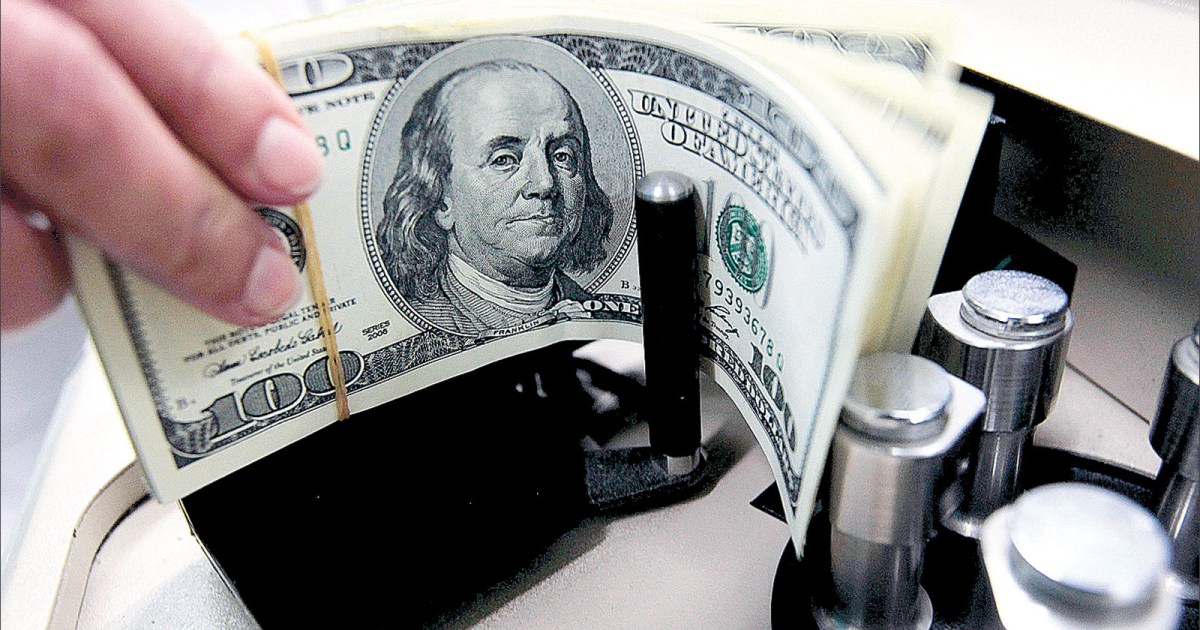Saudi Arabia Boosts U.S. Treasury Holdings Amidst Rising Interest Rates
The Kingdom of Saudi Arabia has increased its holdings of U.S. Treasury bonds by $4 billion, bringing its total to over $140 billion as of June 2024. This is the highest level since the onset of the COVID-19 pandemic in 2020, according to a Bloomberg report.
Global Trend towards Increased U.S. Treasury Investments
This move aligns with broader global trends, as other major countries such as China, the United Kingdom, and France have also increased their U.S. Treasury investments during this period.
Higher Interest Rates and Dollar Strength Driving Demand
Monica Malik, Chief Economist at Abu Dhabi Commercial Bank, told Bloomberg that the primary motivation for this increase has been to take advantage of rising interest rates. The strength of the U.S. dollar and the liquidity offered by Treasury bonds have been key factors contributing to this trend.
Shift from Saudi Arabia’s Pandemic Strategy
This change represents a shift from Saudi Arabia’s previous strategy during the pandemic, when the kingdom reduced its holdings of U.S. debt in 2020. At that time, the government transferred $40 billion from its central bank to its sovereign wealth fund to finance investments in equities amidst the financial market downturn caused by the pandemic.
Preparing for Potential Shift in U.S. Monetary Policy
According to Bloomberg, Saudi Arabia’s increased U.S. Treasury holdings come as investors prepare for a possible shift in U.S. monetary policy. With speculation about potential interest rate cuts by the Federal Reserve later this year, investors are seeking to secure higher returns.
In July, the U.S. Consumer Price Index hit a three-year low of 2.9%, reinforcing expectations for interest rate cuts and enhancing the appeal of Treasury bonds.
Conclusion
Saudi Arabia’s increasing investment in U.S. Treasury bonds is a strategic move driven by factors such as rising interest rates, the strength of the U.S. dollar, and the liquidity offered by these bonds. This shift also reflects the kingdom’s confidence in the U.S. economy and its willingness to participate in the global monetary landscape.
